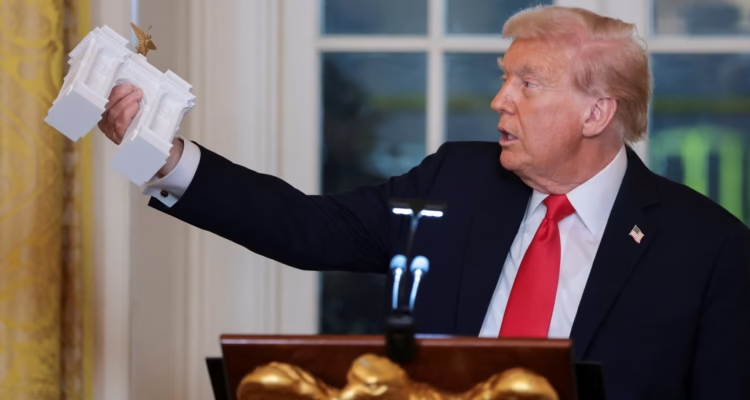More than two centuries after France laid the groundwork for Napoleon’s imposing Arc de Triomphe, former President Donald Trump has revived the ambition of monumental commemoration: unveiling plans for what he’s calling the “Arc de Trump,” a triumphal arch to stand across the Potomac and herald America’s 250th anniversary.
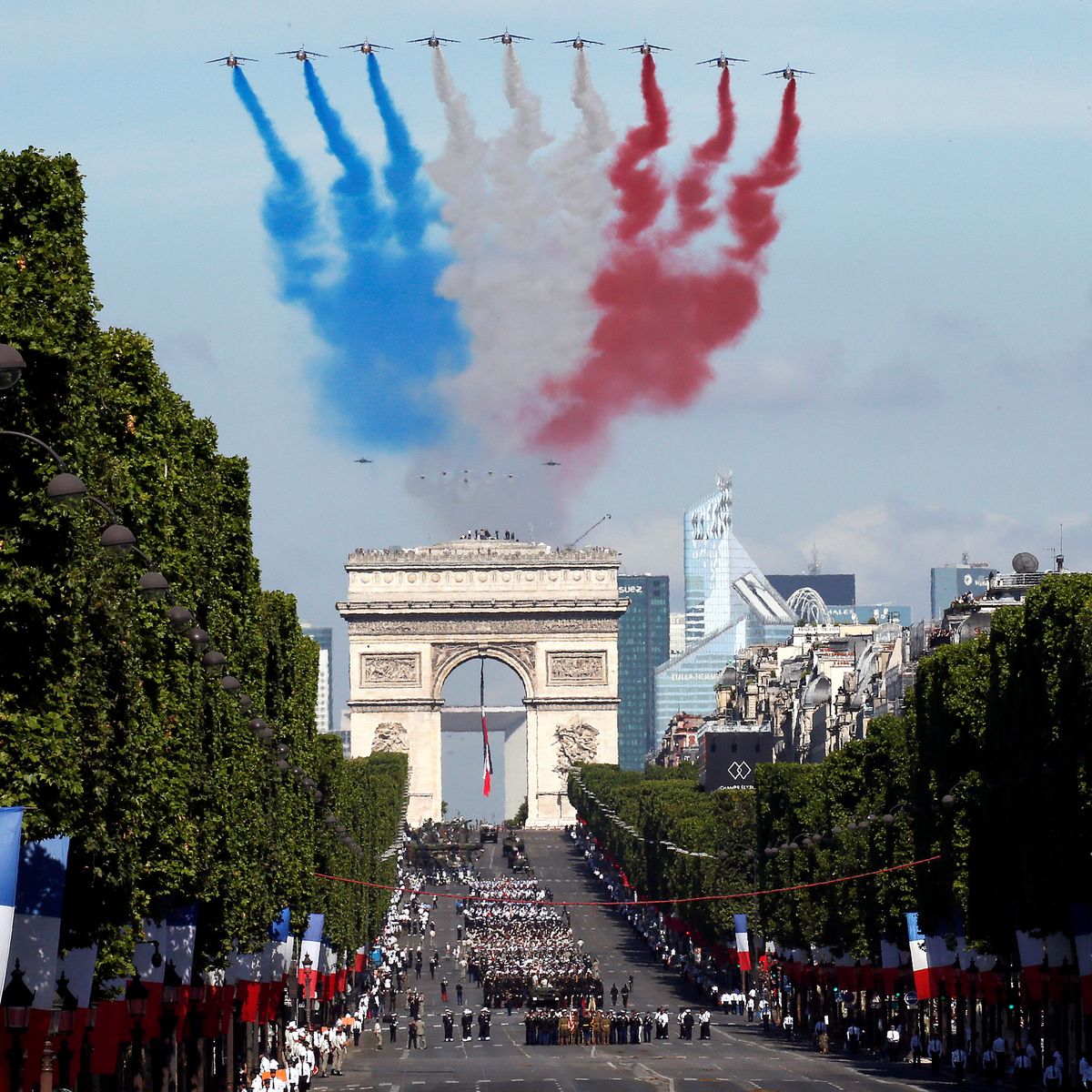
But the announcement — made during a gilded donor dinner at the White House — has touched off sharp criticism from a range of political, architectural, and civic voices, who say the project raises serious questions not only about taste and cost, but about symbolism, legacy, and priorities.
The Proposal: Grand Designs and Unclear Details
During the October 2025 dinner, Trump displayed scale models and renderings of the proposed arch, offering three sizes and expressing a preference for the largest. The arch is targeted for Memorial Circle, the traffic roundabout between Arlington National Cemetery and the Lincoln Memorial, directly across the river from the National Mall. It would be surmounted by dual eagles and a gilded “winged figure,” evoking classical motifs.
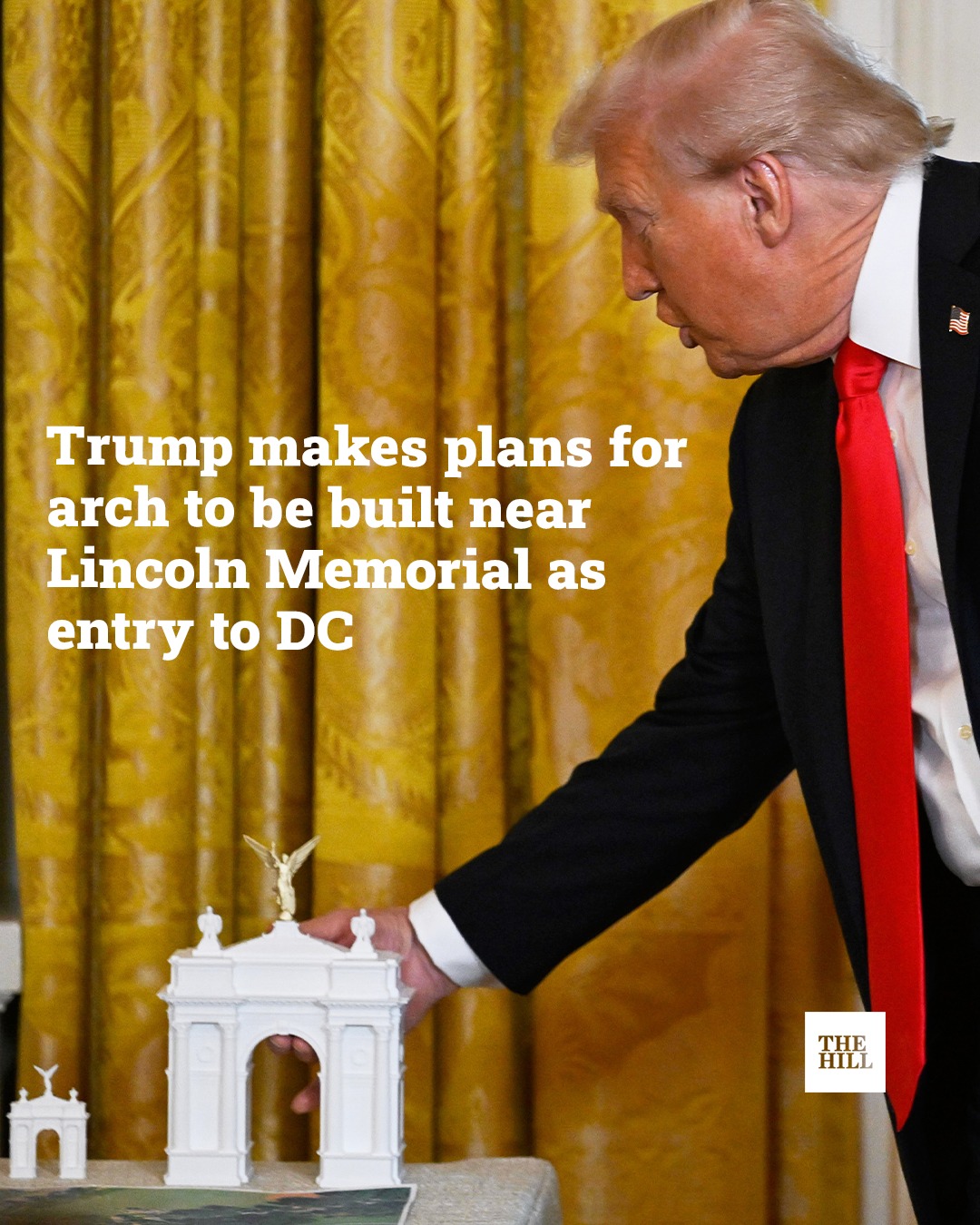
Trump has floated the idea that leftover funds from his already underway White House ballroom expansion — pegged at about $200–250 million — might help finance the arch. Yet the administration has not released a comprehensive cost estimate, construction timeline, or firm plan for federal or municipal approvals.
In response to questions about who the monument is intended for, Trump reportedly gestured to himself: “Me.”
Proponents of the arch — including architectural allies and classical-design advocates — argue that Washington, D.C. is one of the few world capitals without a triumphal arch, and that the memorial would add gravitas to the city’s “gateway” axis.
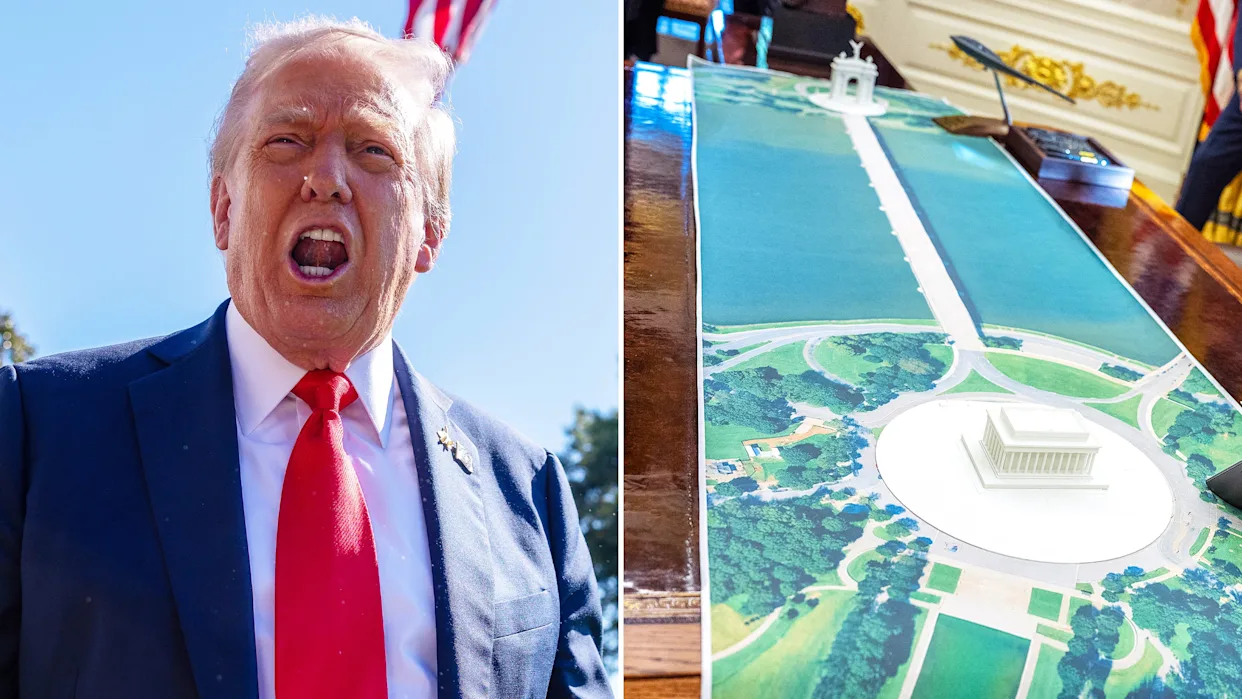
Critics Strike Back — On Symbolism, Cost, and Priorities
1.
Personalism, Ego, and Monumental Hubris
Many critics view the arch as a deeply personal project — less a public memorial and more an expression of egotism. One journalist framed it as “evidence of monumental hubris” tied to Trump’s relentless branding impulse. Detractors argue that a national landmark should not double as a vanity monument.
Architecture critics warn of the dangers of turning public space into a stage for personal legacy-building. As one skeptical observer put it, the arch’s unveiling “comes at the expense of humility” in a city filled with solemn memorials to war, democracy, and sacrifice. (Multiple coverage has framed this line of criticism.)
2.
Opaque Funding & Opportunity Cost
Even supporters concede the cost is substantial, but critics pounce on the lack of clarity. How much will it truly cost? Who pays? What are the recurring maintenance burdens? Without detailed disclosure, they warn, the arch could become a white elephant.
Some Democrats publicly mocked the fundraiser approach. Senator Elizabeth Warren quipped skeptically, “Do they think we’re dumb enough to believe they’re giving their money away for free?” Others decried diverting resources to flashy monuments while infrastructure, climate resilience, and public services remain underfunded.
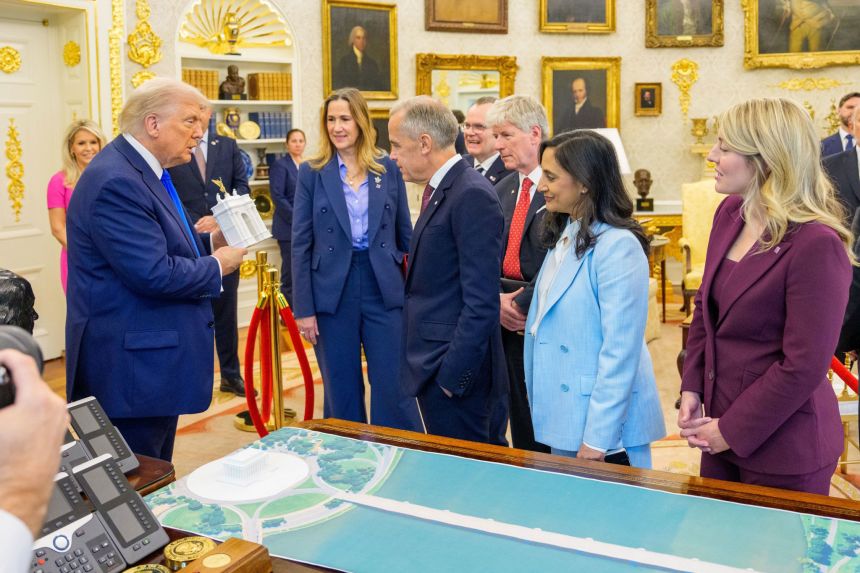
3.
Aesthetic and Planning Dissonance
The style — classical, monumental, heavily ornamented — runs counter to many modernist or contextualist visions of Washington architecture. Some urban planners argue that inserting a triumphal arch into an already dense memorial landscape risks visual clutter or historical dissonance.
Moreover, any new monument in D.C. must pass muster with the Commission of Fine Arts, which oversees federal architecture — but that body is currently hampered by the government shutdown. The ambiguity about regulatory review has stoked fears of an end-run around due process.
Some architectural voices draw analogies to past public-art battles — for example, New York’s Tilted Arc, a 1980s sculpture that polarised public opinion and was eventually removed amid legal tussles over public consent and context. While not directly comparing design, the cautionary precedent underscores the fragility of ambitious public art in contested civic space.
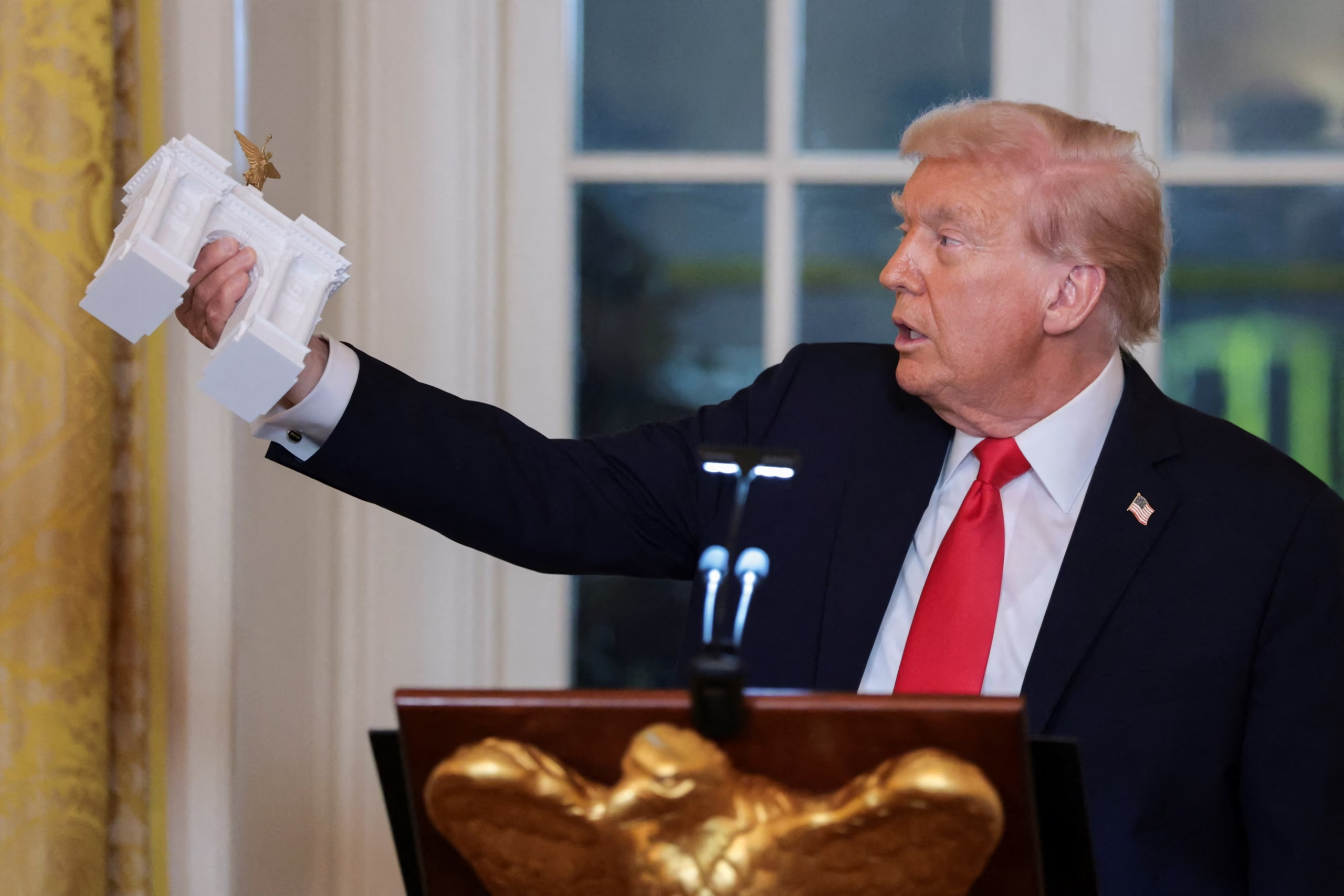
4.
Priority Mismatch in a Time of National Crises
Perhaps the sharpest critique is political: is now the time to prioritize an arch? The U.S. faces urgent challenges — climate change, infrastructure decay, social inequality, geopolitical tensions — and critics say the arch is a distraction or misallocation of energy.
Opponents argue that Trump’s focus on symbolic architecture signals a shift toward monumentality over governance: the creation of an icon rather than the resolution of systemic problems. As one civic analyst put it, “Monuments don’t fix homelessness, bridges do.”
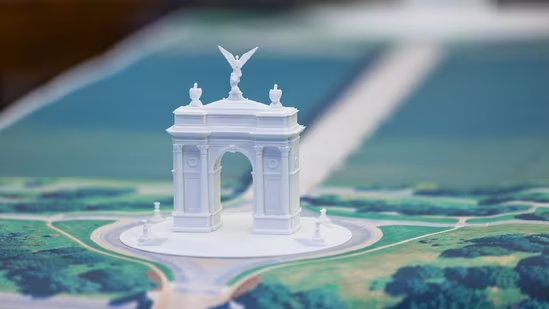
5.
Historical Irony and Legacy Risks
Finally, some critics point to the historical irony: more than 200 years after France built its arch to glorify an emperor, the U.S. plan suggests the same impulse — albeit in a new guise. That comparison worries historians and symbolism scholars, who caution that triumphal arches are rooted in militaristic and autocratic traditions.
The specter of legacy backfire also looms: what if, decades hence, the arch is judged an eyesore, or worse, a monument to hubris? Public memory is fickle, and what is intended as eternal can become a burden.

